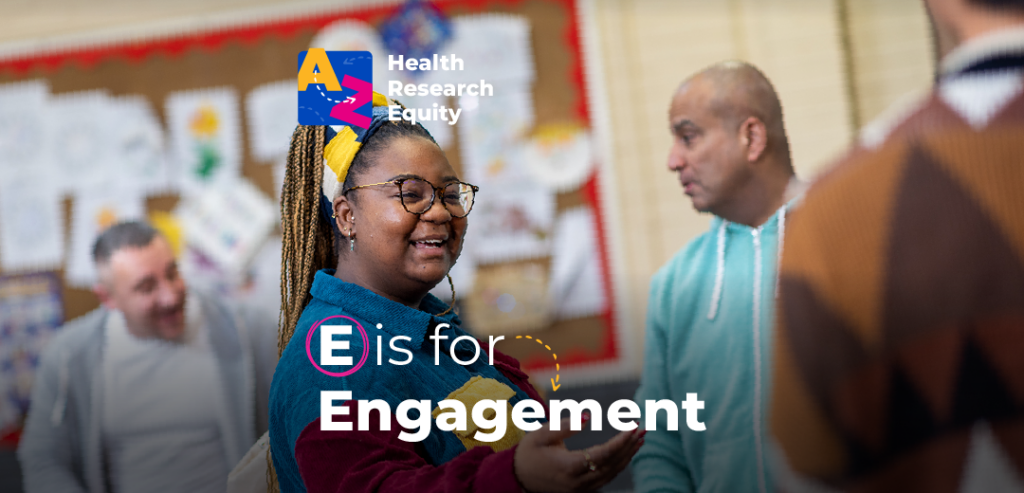We started this blog series with A is for Accessibility, where I talked about the three pillars of accessibility and why inclusive and accessible health research is so important. Today, we’re revisiting accessibility, this time in the context of another huge part of our work at COUCH Health. In this post, I’m talking about Engagement.
Thursday, 16th May 2024, is the 13th Global Accessibility Awareness Day (GAAD). This global awareness day aims to get everyone talking, thinking, and learning about digital access and inclusion, and the more than one billion people worldwide with disabilities that digital exclusion impacts.
What is digital accessibility?
Digital accessibility is about designing and creating digital products everyone can access and use. It includes everything from the website you’re reading this on, to the Instagram photographs your friend constantly posts of their dog (it’s me, I’m the friend).
According to the Web Content Accessibility Guidelines (WCAG), digital content should be capable of being:
- Perceived
Text alternatives for images and voiceovers for videos, using distinguishable colour contrasts and appropriately sized fonts. - Operated
Providing users with enough time to read content and ensuring all functionality is available from a keyboard (whether a physical keyboard or an on-screen version on touchscreen devices). - Understood
Making text readable, including using abbreviations only where the expanded form or meaning is available, and creating webpages that appear and operate in predictable ways. - Robustly interpreted
Lots of people use assistive technologies such as screen readers and read-aloud software to access digital content; digital content should be accessed equally by users with and without these technologies.
How does this link with engagement?
Patient engagement is central to improving health. Engagement isn’t just about gathering insights; it’s about building meaningful partnerships with both individual patients, and the patient and community groups that support them. These trusted partnerships help us bridge the gap between patients and the industry working on the next generation of health and care interventions that will impact them.

Digital approaches to engagement are increasingly common; we work in a global industry, and the ability to amplify the voices of patients on the other side of the world is crucial to equitable and successful research. Unfortunately, in a time when digital accessibility is more important than ever, accessibility issues persist.
Each year, WebAIM reports on the accessibility of the home pages of the top 1 million websites. The 2024 report explained that across the one million home pages, 56,791,260 distinct accessibility errors were detected, an average of 56.8 errors per page. These errors include everything from low-contrast text to missing alternative text for images and empty links and buttons.
The report makes for sober reading; the only thing I can try to spin as a positive is that home pages in the Health and Fitness category have an average of 51.7 errors, 9% less than the average of all included home pages. Still, that doesn’t exactly give our industry a glowing report, does it?
Who is impacted by digital exclusion?
An estimated 1.3 billion people worldwide are disabled; this represents 16% of the world’s population or 1 in 6 of us. Disabled experiences are vast and individual, but the reasons for digital inaccessibility can be split into 4 broad categories:
Visual
People with visual disabilities can find images with alternative text descriptions helpful. Remember that sight loss is a spectrum, and good, crisp contrast between text and background colour should be a priority.
Hearing
Captioning for video presentations and visual indicators in place of audio cues is a must for users with hearing-related disabilities.
Motor
People with mobility-related disabilities may use alternative keyboards, such as one-handed keyboards for those with limb differences or eye control and other assistive hardware, to help them type and navigate the online world.
Cognitive
Cognitive disabilities include neurodivergent conditions, learning disabilities, and any other form of memory loss. An uncluttered screen with consistent navigation and plain language are simple ways to ensure your content is inclusive of these experiences.









